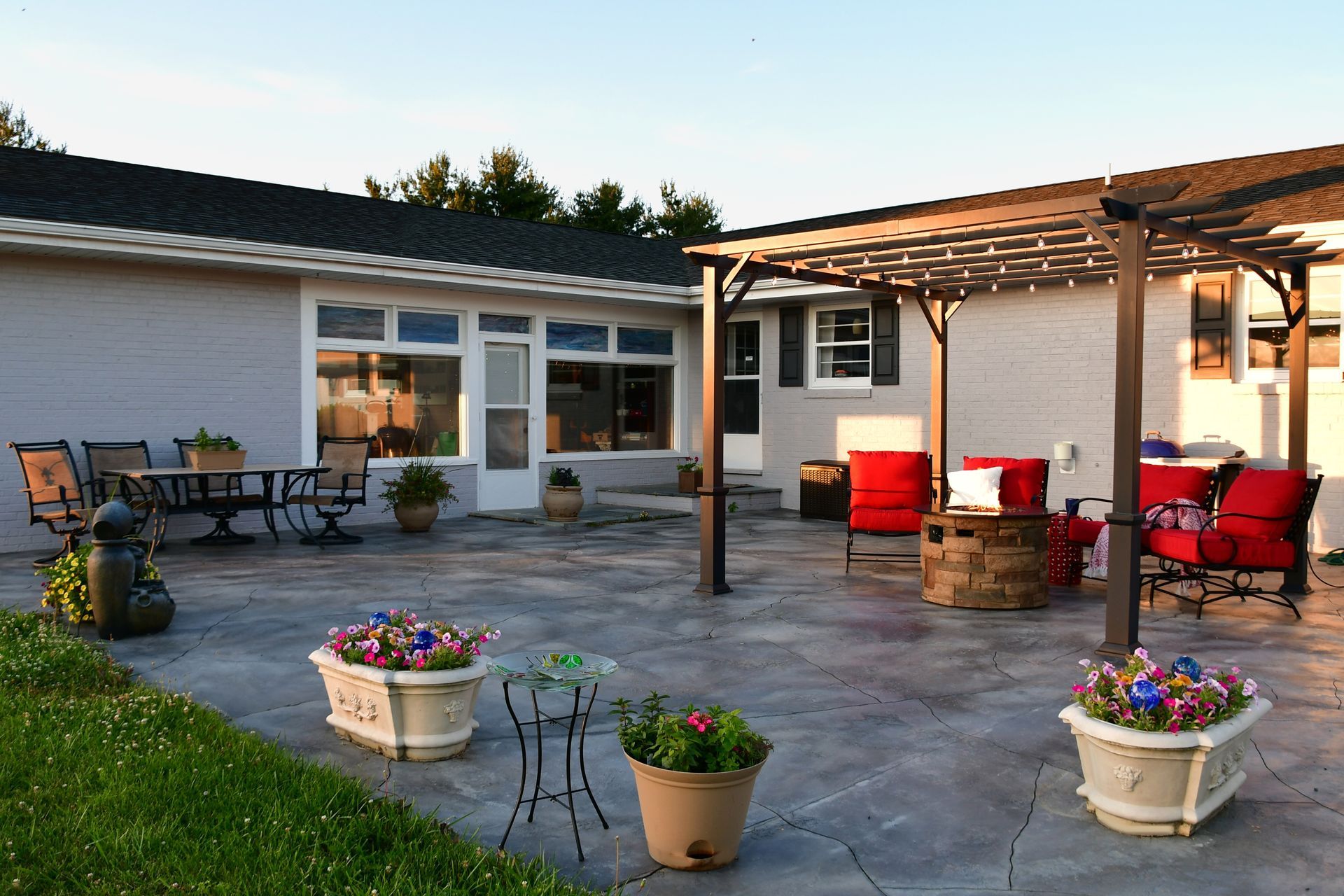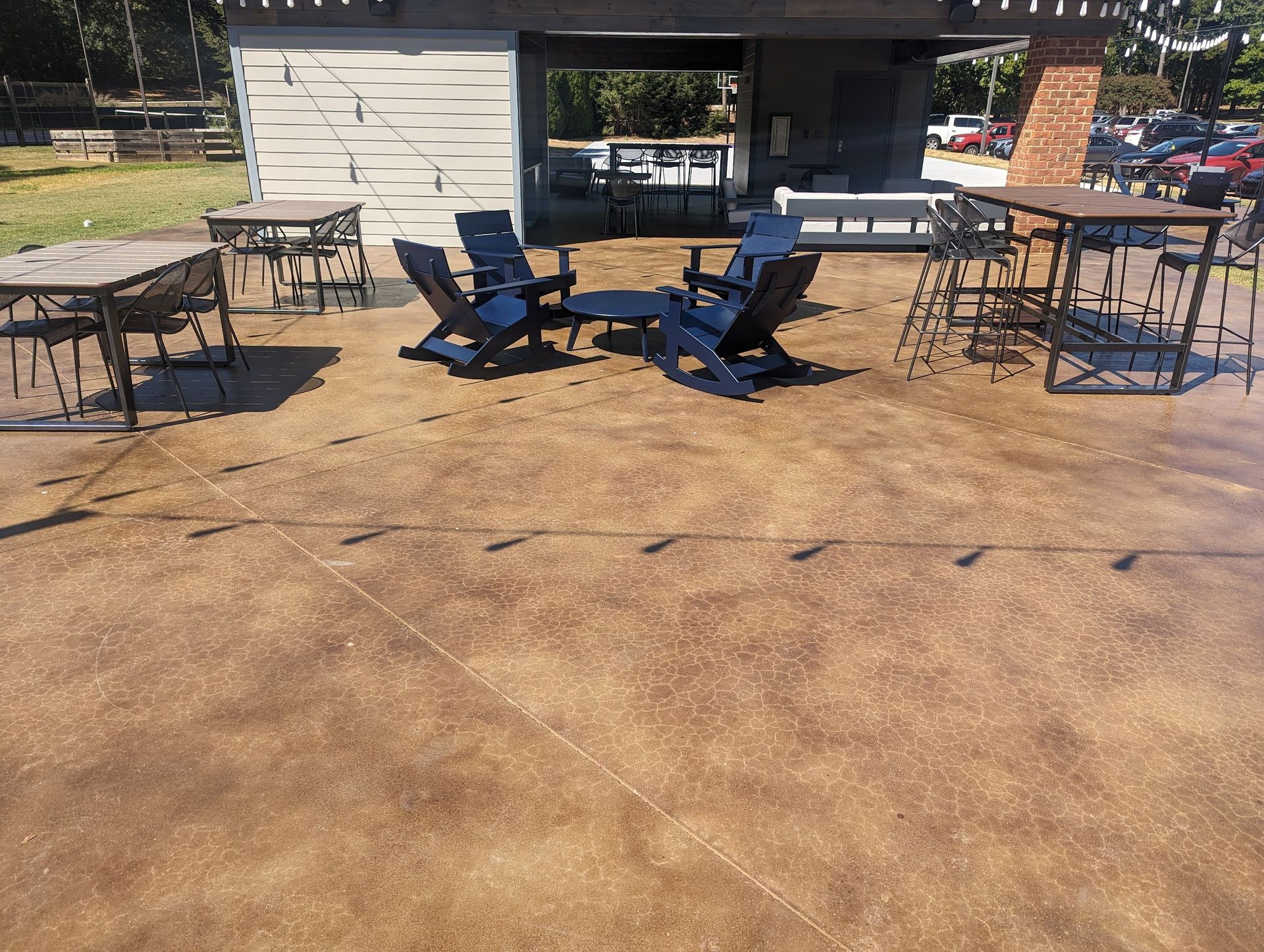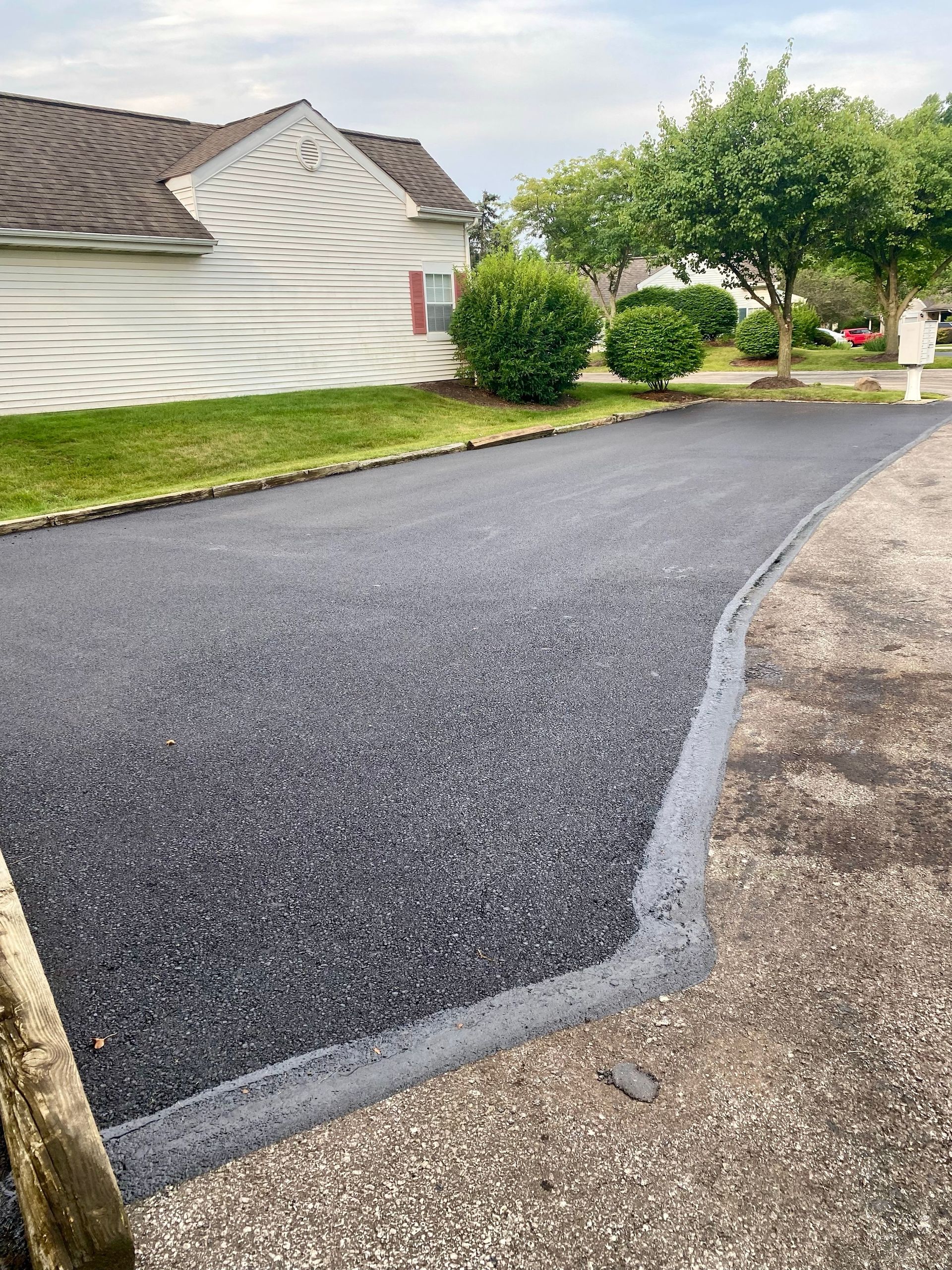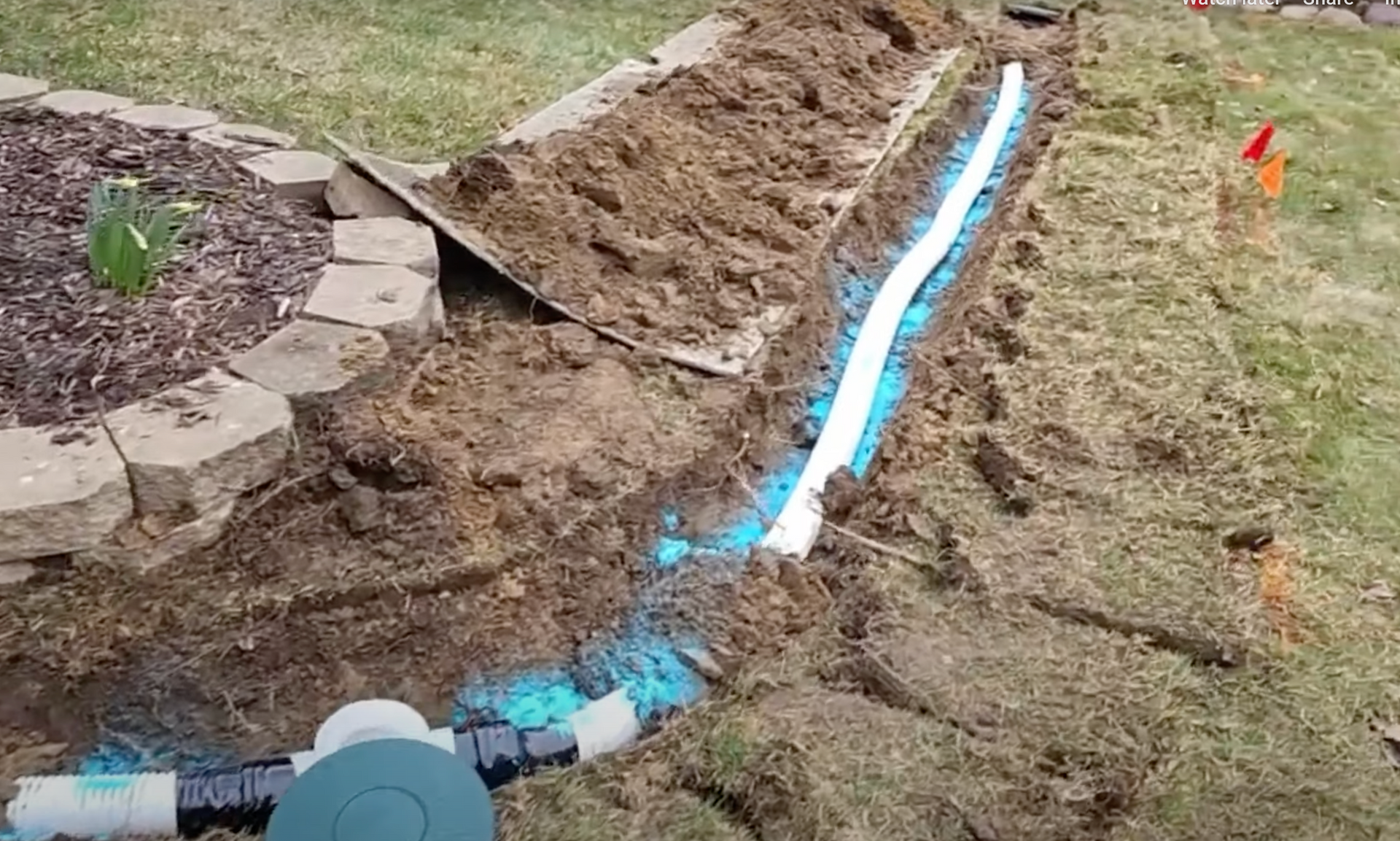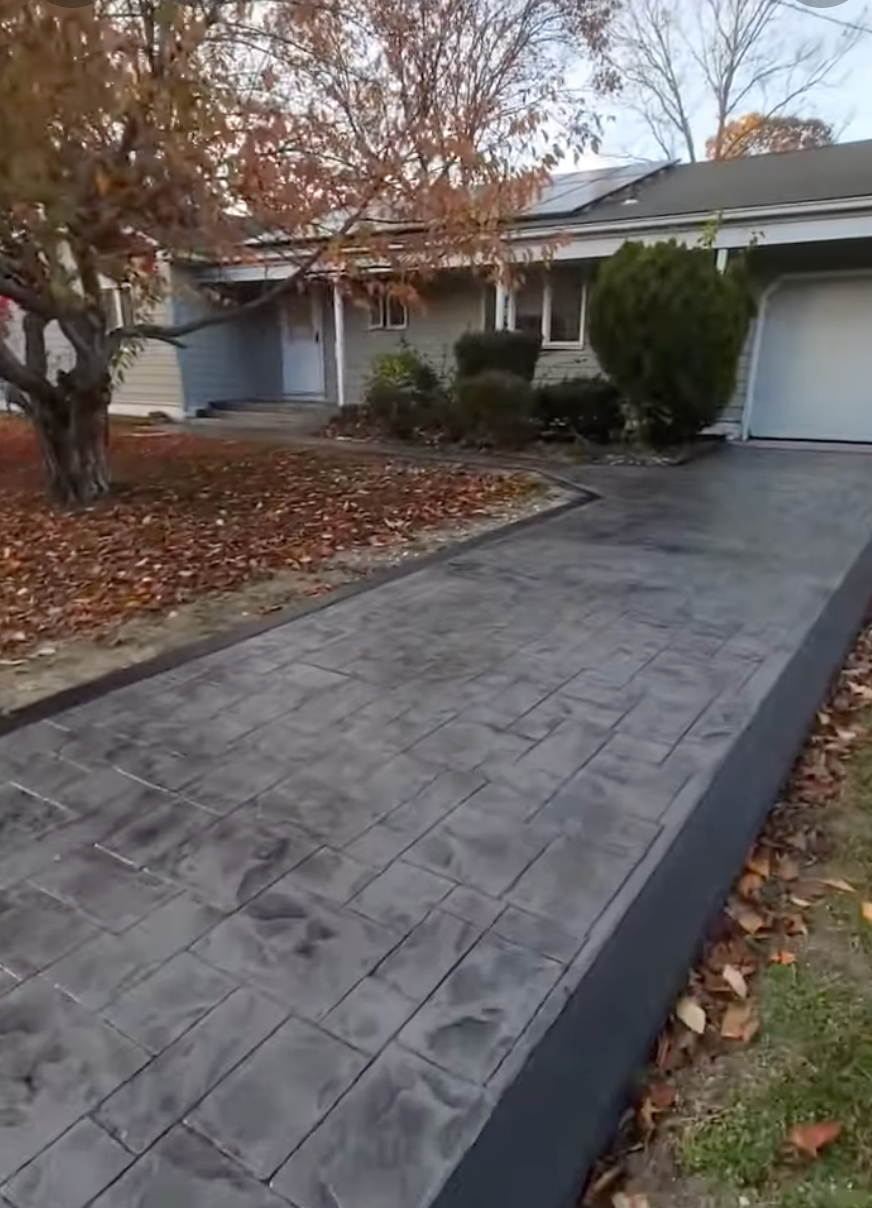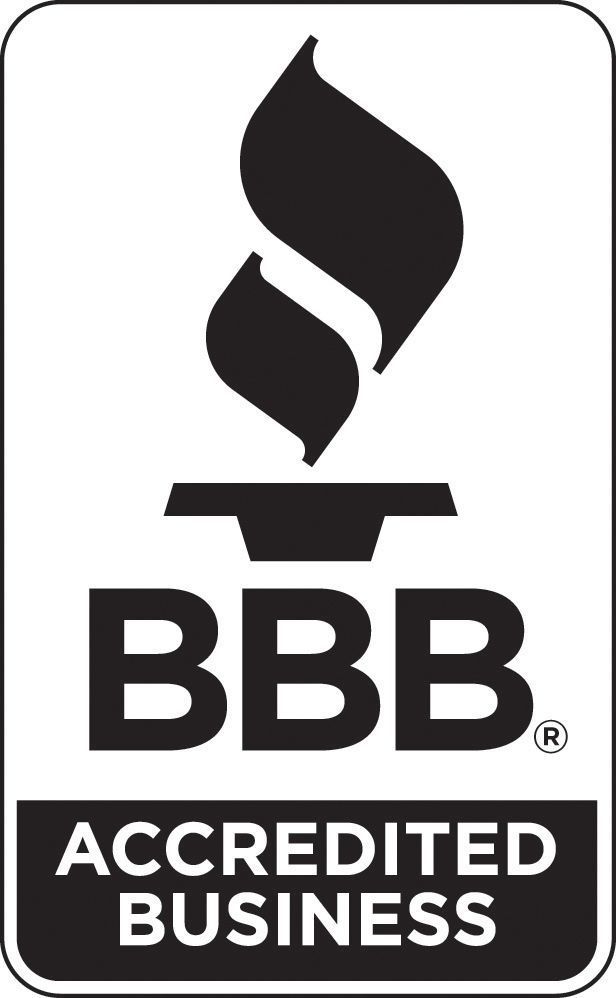Why Most Backyard Decks Are Doomed to Rot — But Some Defy the Odds

Backyard decks are meant to be your home’s happy place—a spot to relax, grill, or gather with friends. But here’s the catch: most decks don’t survive long. They rot, warp, and fall apart within years. And the reason isn’t always obvious.
The main culprit behind premature deck failure is moisture. If water seeps in and stays trapped, rot isn’t just likely—it’s inevitable. The good news? Some decks beat the odds. They’re built smarter, maintained right, and designed to last.
This blog breaks down why most backyard decks fail and what separates the ones that stand strong through the seasons. Whether you're planning a new deck or trying to save the one you’ve got, this guide can help you make decisions that pay off in the long run.
What Really Causes Decks to Rot?
Moisture is the root cause, but the problem goes deeper than just a little rain.
Poor Drainage and Trapped Water
If water doesn’t have a clear path to drain, it pools—and that’s where rot starts. Many homeowners don’t realize their deck’s design might actually trap moisture. Spaces between boards that are too tight or sloped boards that drain toward the house are common issues.
Checklist for better drainage:
- Boards spaced at least ¼ inch apart
- Deck slope away from the home
- No planters or mats that trap water underneath
Subpar Materials
Pressure-treated wood is common, but not all treated lumber is created equal. Some lumber is treated for ground contact (where moisture risk is higher), while others are meant only for above-ground use. Using the wrong type can cut a deck’s lifespan in half.
Pro Tip: Use ground-contact-rated lumber for posts and framing—even if they’re not touching the ground directly.
Hidden Fastener Mistakes
Even the best boards can rot around poorly installed fasteners. Screws and nails that puncture wood without sealing allow water to seep in. Over time, that leads to wood decay around the screw holes.
Solution: Consider hidden fastener systems that reduce water intrusion and give the deck a cleaner look.
Why Do Some Decks Last 20+ Years?
A few key choices make all the difference.
Smart Design Choices from the Start
A deck that survives two decades isn’t built by accident. It’s designed with airflow, drainage, and durability in mind. Composite materials, stainless steel hardware, and water-resistant sealants are part of the equation—but so is thoughtful layout.
Design strategies that extend lifespan:
- Leave ample airflow beneath the deck
- Avoid attaching directly to the home if possible
- Use flashing tape between ledger boards and framing
Composite Decking or Hardwood Alternatives
While traditional pressure-treated wood is budget-friendly, composite decking is changing the game. It resists rot, never needs staining, and handles heat, rain, and pests better than wood.
Options to consider:
- Trex or
Fiberon for a maintenance-free composite look
- Ipe or Cumaru hardwoods that naturally resist decay
Just note: these materials cost more upfront, but they offer serious returns in durability and reduced upkeep.
Regular Maintenance and Sealing
Even tough decks need upkeep. Without regular cleaning and sealing, mildew and moisture will still win. If you’re working with wood, resealing every two to three years is non-negotiable in most climates.
Quick maintenance tips:
- Sweep debris weekly to avoid mold buildup
- Power wash seasonally (low pressure only)
- Reapply a sealant with UV and water protection
Are Building Codes and Inspections Enough?
Short answer: not always. Codes are the minimum standard, not a guarantee of long-term performance.
In many areas, backyard decks are built without permits or are done DIY-style. Even when they are permitted, inspectors usually check for safety, not longevity. This means rot-prone shortcuts can still pass inspection.
What to Watch For:
- No flashing tape between ledger boards and house siding
- Improper post-to-beam connections
- Undersized joists that lead to sagging and water pooling
If you're hiring a contractor, ask questions about how they address rot prevention specifically—not just code compliance. That level of detail separates short-term fixes from long-term solutions.
How to Build a Deck That Lasts in Harsh Weather
In places with heavy rain, snow, or strong sun, deck failure happens even faster. That’s why regional design considerations matter.
For example, decks in Texas or Florida must fight both UV damage and humidity. In colder areas like the Northeast, freeze-thaw cycles crack wood faster.
To increase your deck’s weather resistance:
- Use UV-blocking stains or sealants
- Choose deck boards that won’t splinter or warp
- Add underdeck drainage systems for raised decks
- Install deck skirts to keep animals and debris out
When selecting a contractor, look for one who builds with your climate in mind—not just what’s trendy or cheapest.
Final Thoughts: Build It Right, or Fix It Right
If your backyard deck is showing signs of soft spots, sagging, or discoloration, don’t wait. The longer moisture lingers, the faster rot sets in.
But if you’re planning a new deck, now is the time to get it right. Choosing the right materials, design, and contractor from the start can mean the difference between rebuilding in 7 years or enjoying it for 25.
At
Elite Outdoor Living Solutions, we design and build decks that last. Our team knows what it takes to beat rot from day one—so you can focus on enjoying your space, not replacing it.
